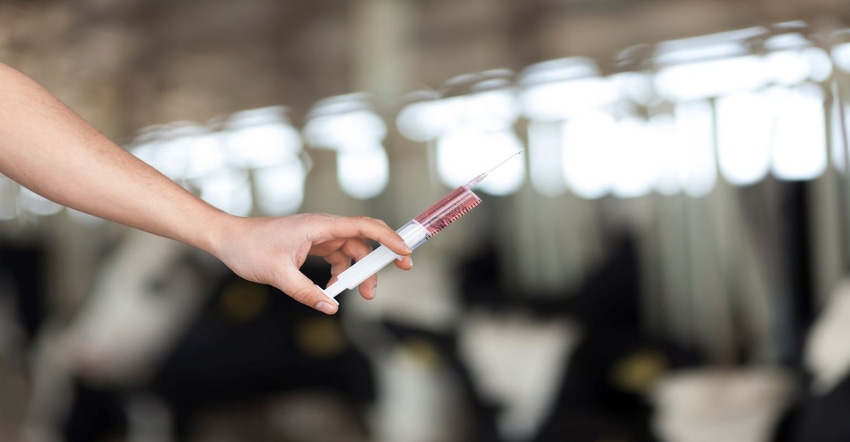May 4, 2022

As one considers animal disease threats it is easy to look for a simple solution in hopes that a single shot of antibiotic or vaccine will correct or prevent the problem. In many cases, there is the thought that one can simply vaccinate out of a problem. When creating vaccination plans expectations must be realistic. Vaccination should be viewed as a tool to achieve overall herd health. Vaccination plans serve to mitigate risk of disease in a herd.
Animal diseases are often incredibly complex, and no vaccine is 100% effective 100% of the time. Vaccination plans are only one pillar in an effective herd health program and should be viewed as a mechanism to minimize risk of disease. Biosecurity, nutrition, and other animal husbandry measures are all management strategies critical in supporting the immune system and establishing protocols where vaccines can contribute to decreasing infectious disease.
A competent and supported immune system in cattle creates the foundation for an animal to appropriately respond to both a vaccination and a disease challenge. The immune system and its’ response to disease is also complex. There are numerous factors that influence immune competency such as: stress, nutrition, genetics, age, and pregnancy status. Housing, weather, and exposure to disease can also influence the immune system. It is important to remember that protection against disease is not immediate. The immune system must be given time to respond to the vaccination.
Each animal will react to vaccination differently and the level of protection following vaccination is not always equivalent across all members of a group. Vaccinations are generally most effective when administered in low times of stress and in advance of exposure to an infectious disease agent. To achieve the best overall herd immunity, all cattle within a group should be vaccinated at the same time. This approach also helps in the protection of those animals that have a poor immune response to the vaccine. In many cases, natural exposure to a disease agent may augment an animal’s response to vaccination and protective coverage. However, it is not recommended to rely solely on natural exposure in lieu of an initial vaccination and subsequent boosters.
The duration of immunity, or how long protection lasts, is based on a variety of factors and can be highly variable even amongst members of the same herd. Although some vaccinations, such as brucellosis vaccination in heifers, afford lifelong protection most vaccinations require an initial dose followed by a series of boosters. Even though vaccine reactions are infrequent, they can occur, and plans should be in place to respond as needed. Producers should work with their veterinarians to establish operation specific vaccine programs and follow vaccine label directions at the direction of their veterinarian.
It is important to remember that not all vaccines are created equal and will not prevent illness every single time. The complexity of animal pathogens along with the complexity of an animal’s immune system influence the effectiveness of vaccines. Vaccines are a tool in mitigating risk of disease but should not be relied upon solely for protection. Producers should focus on the overall scope of their operation management practices specific to the group of cattle being vaccinated to get the most out of dollars spent.
Source: Oklahoma State University, which is solely responsible for the information provided and is wholly owned by the source. Informa Business Media and all its subsidiaries are not responsible for any of the content contained in this information asset.
You May Also Like




